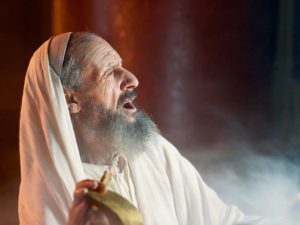
We have one more month of this series to go! This week, we move out of the historical record (Matthew – Acts) and into the part of the Bible known as “Epistles,” or letters to the very first churches established in Asia and Europe. I find it interesting, and significant, that the historical record does not come to a strong, ringing conclusion. The book of Acts ends with Paul in Rome under house arrest, arguing the claims of Christ with anyone who came to visit That’s not the conclusion we’re looking for–what happened to Paul, and Peter, and the other apostles? Where’s the big victory at the end, the soul-stirring, confetti-flinging, music-swelling ending?
What we need to remember is that the story does not end with Acts 28:31, The story is ongoing. We are the story now. The Bible does come to a ringing conclusion in Revelation, which we’ll get to, but that ending is not yet. We are living in the in-between time, where God’s story is still being written in our hearts and lives. From that perspective, Romans – Jude are like author notes for the major themes of the story. What are those themes? The greatest comes first, and we’ll look at that one this week.
For a printable download of this week’s reading challenge, including scripture references, discussion questions, and family activities, click here:
Bible Reading Challenge Week 46: The Church – Christ the Center
(This is a continuation of a series of posts about the “whole story” of the Bible. I plan to run one every week, on Tuesdays, with a printable PDF. The printable includes a brief 2-3 paragraph introduction, Bible passages to read, a key verse, 5-7 thought/discussion questions, and 2-3 activities for the kids. Here’s the Overview of the entire Bible series.)
Previous: BRC Week 45: The Church – to the Uttermost Parts of the Earth
Next: BRC Week 47: The Church – by Faith Alone



